Spider plant is a beautiful indoor plant with attractive green foliage. There are more than 200 spider plant varieties in the world but majorly all the varieties differ due to color and the pattern of stripes on the leaves. Some varieties have green leaves with an off-white centre strip while some plants have green leaves with off-white edges of the leaves. You may take a look at spider plant varieties pictures to understand the difference in the pattern of leaves.

Spider plant is approved by NASA as one of the best plants that can purify 90 per cent of the toxins present in the air. Originally the plant was found in the tropical or south African region but now they are spread all over the world including western Australia. Generally, they all need the same kind of care and usually, all the spider plant varieties are easy to maintain.
Also known as the ribbon plant, airplane plant, St. Bernard’s lily, or spider ivy, this plant gets the name of spider plant due to its small “pups” that resemble the spider’s body. Some people even compare the Lourdes plant vs spider plant but there is no comparison as the Lourdes plant is a spider plant’s common name in the Philippines. Understand all about the spider plant varieties and lookalikes below.
Famous Spider Plant Varieties
These are the popular varieties of spider plants.
1. Hawaiian Spider Plant (Chlorophytum Viridescens):
The Hawaiian spider plant is also known as the golden glow is a compact indoor plant that does not occupy much of your space. The plant has green leaves with a touch of rich champagne tones.
It’s a fascinating variety that has variegation in new leaves and slowly it fades away as the plant matures. The plant attains a height of 6-12 inches if grown in moist well-drained soil along with full to partial shade.
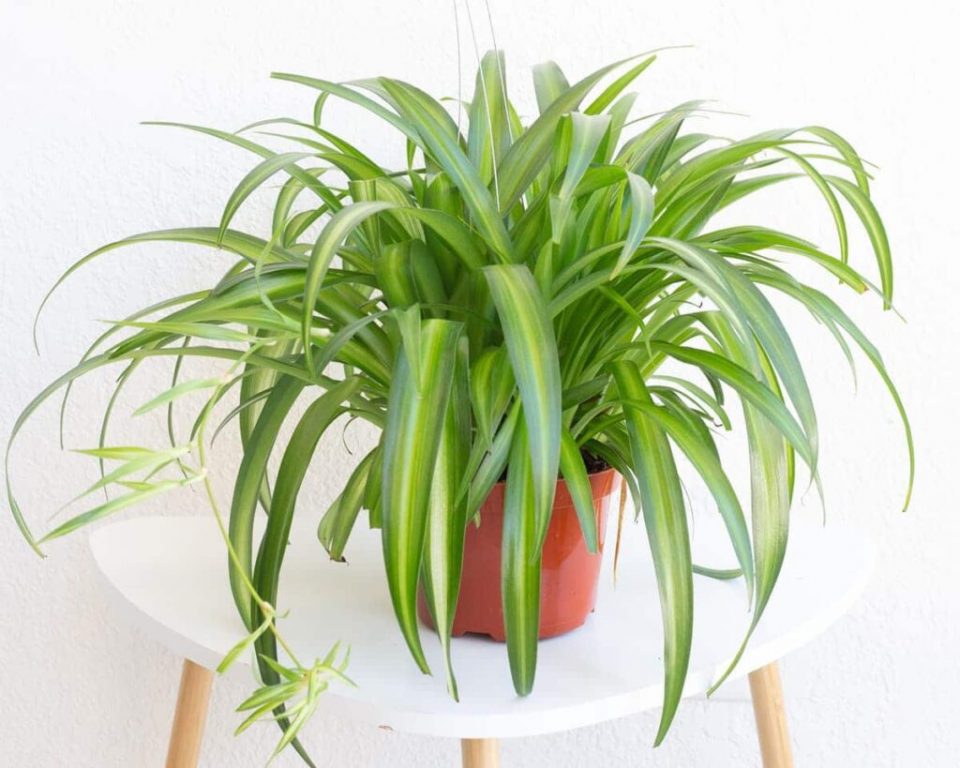
2. Bonnie Spider Plant (Chlorophytum Comosum):
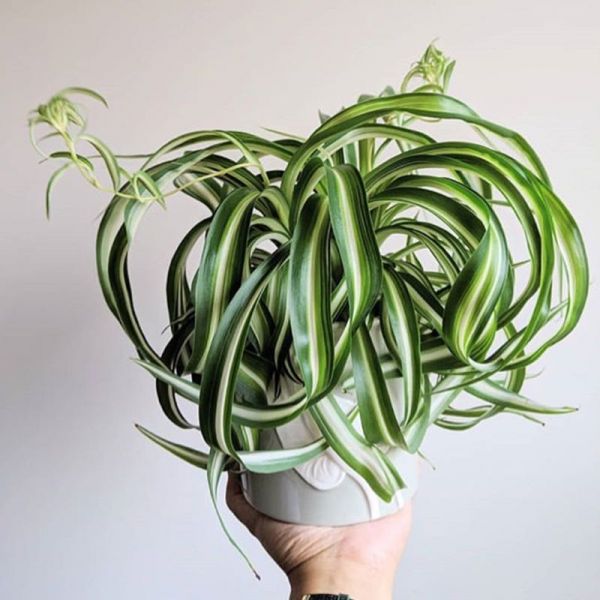
The bonnie spider plant is sometimes referred to as the toilet plant that looks quite similar to Vittatum to contain more twists or curls than the Vittatum. The leaves can go from 8 to 18 inches long and produce a yellow-colored flower.
The flower looks graceful when hung in a container or you can keep it in a small container in your bedroom, bathroom, or living room. The plant needs bright indirect light and watering sessions only when the soil is dry and it keeps the air clean.
3. Zebra Spider Plant (Chlorophytum Laxum)
The zebra spider plant resembles much like the reverse variegated but it has brighter yellow-colored edges on the leaves which eventually turn white with time. It grows really well in full to partial shade but finding the zebra spider plant variety is a little more difficult than others.
The plants tend to grow wider as compared to other varieties that grow taller. You can place this plant in hanging pots and beginners can pot this plant at home without any problems.
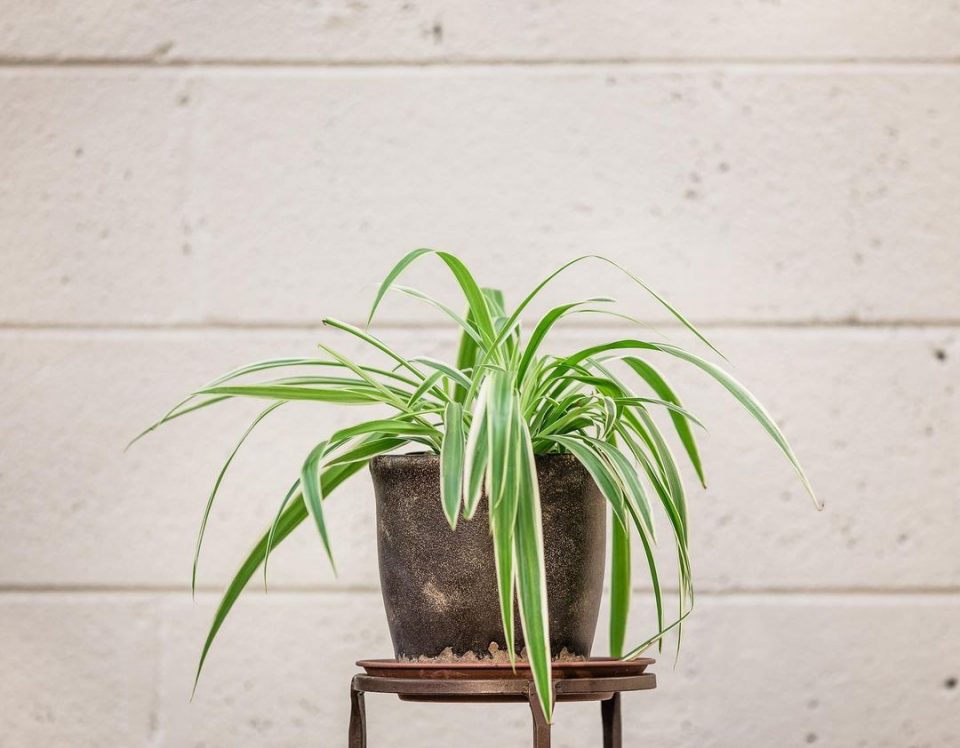
4. Variegated Spider Plant (Chlorophytum Comosum ‘Vittatum’)
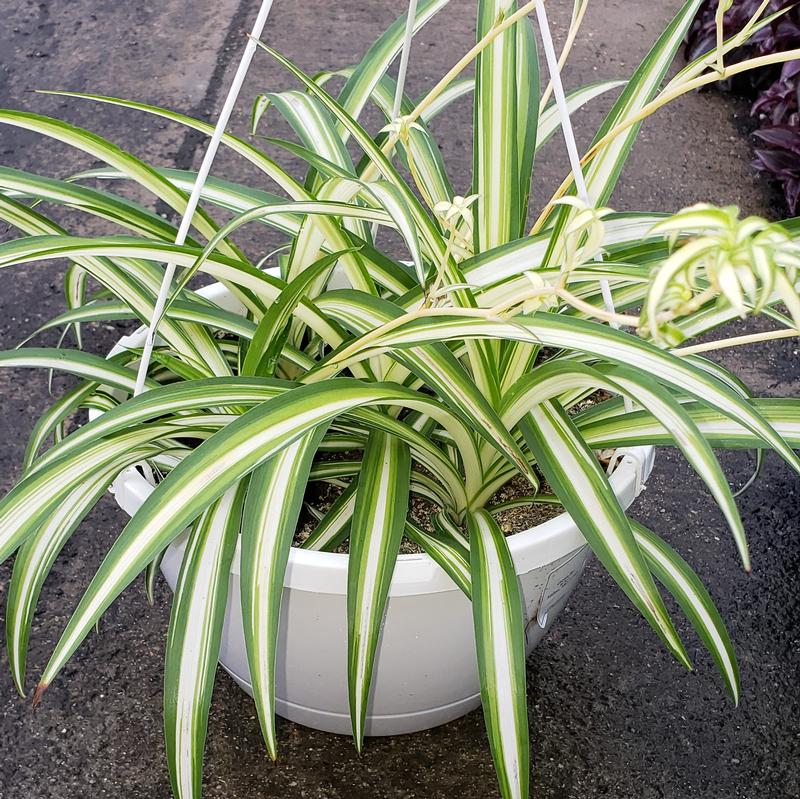
The variegated spider plant is one of the most common spider plant varieties found worldwide. The plant can grow up to 1-2 feet tall and spread up to 1-2 feet wide.
It is an evergreen perennial plant with curled medium green leaves with creamy white stripes in the middle. The variegated spider plant care is quite easy as it is drought tolerant and grows well with well-drained soil and bright indirect light.
5. Reverse Spider Plant (Chlorophytum Comosum)
The reverse spider plant is also known as the Reverse Variegatum, is completely opposite to the Vittatum or variegated spider plant. The plant grows up to 2 feet tall and spreads around 3 feet wide.
The leaves are dark green from the middle with white-colored edges. They need the bright direct light of the sun for some time in a day to keep the variegation alive.
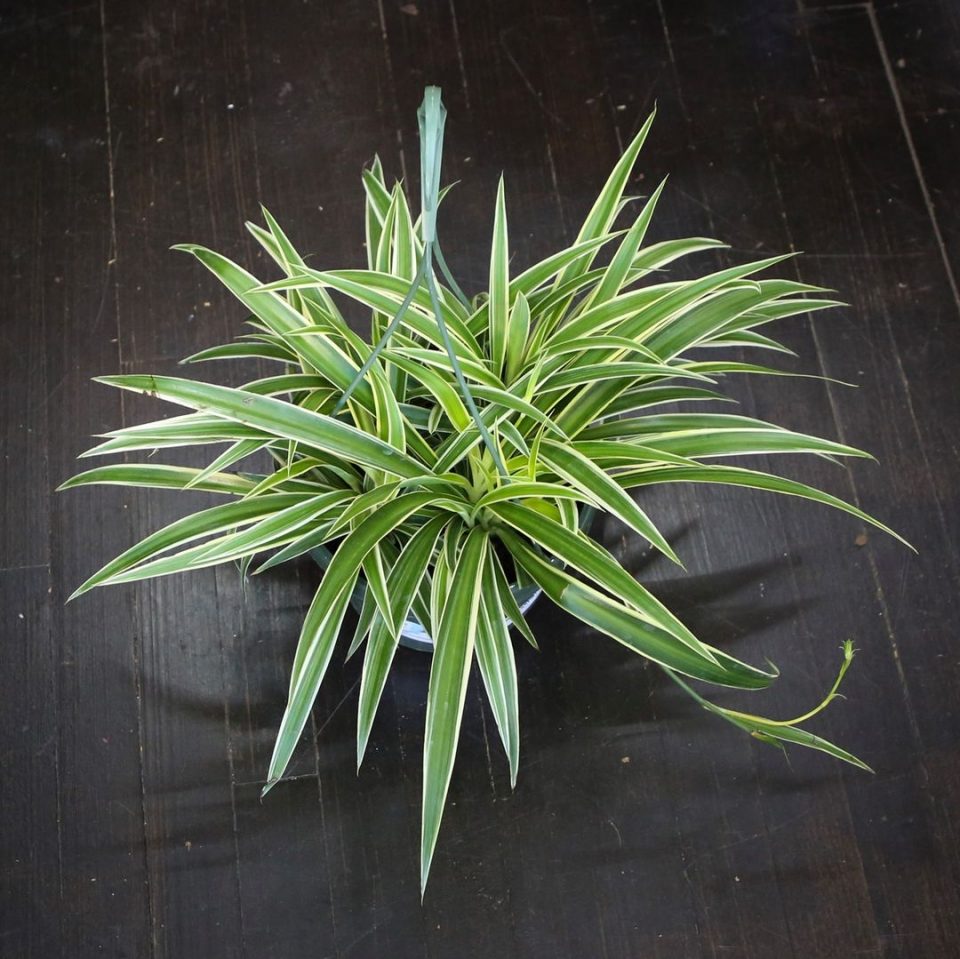
6. Fire Flash Spider Plant (Chlorophytum Orchidastrum):
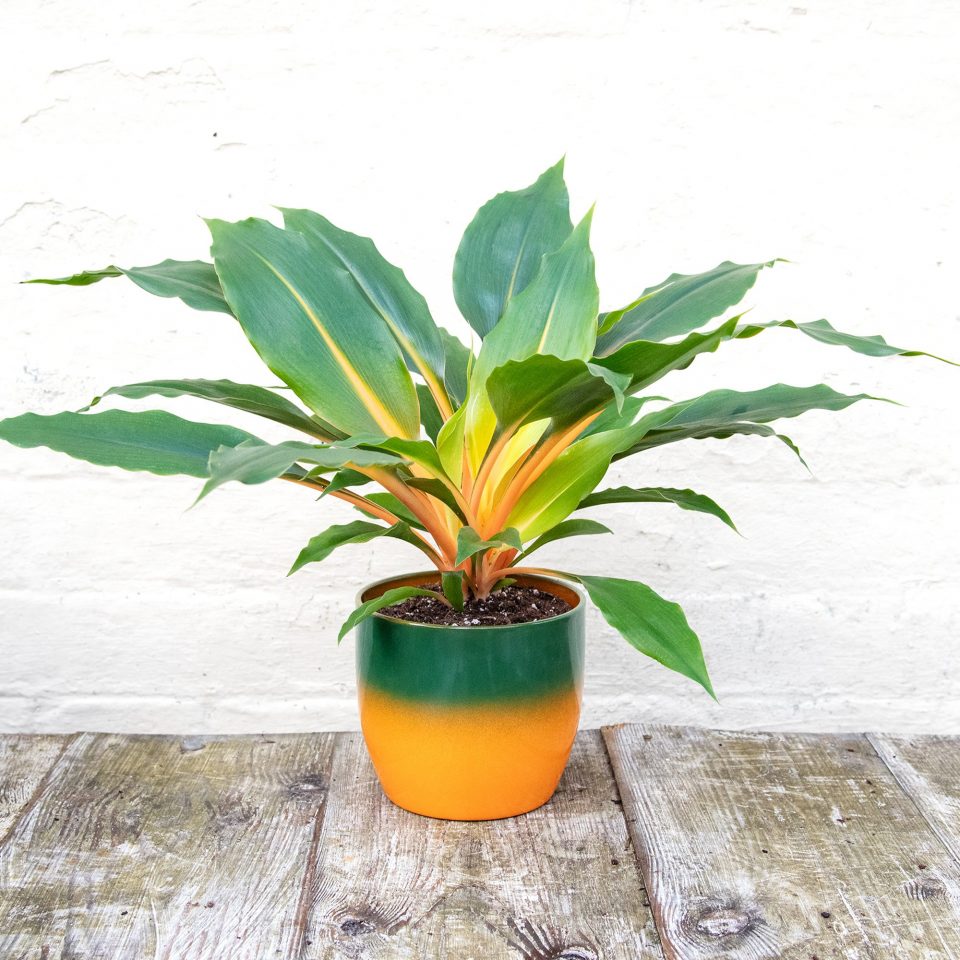
Also known as the orange spider plant, the fire flash spider plant is a beautiful ornamental plant. Majorly people love the plant due to its glossy green leaves and attractive orange petioles with leaf ribs that provide an orange fire-like color in the middle. The attractive tropical herbaceous perennial grows up to 2 feet tall and spreads 12-2 feet wide. The plant prospers very well in partial shade, moist soil, and average watering sessions.
7. Ocean Spider Plant (Chlorophytum Comosum ‘Ocean’)
The ocean spider plant is one of the major spider plant varieties that grow to 18 inches and spread to 12 inches. The beautiful foliage with a green centre and white-colored margins looks really good when hung in a basket. The plant thrives well in moist, well-drained soil with bright indirect light and not too frequent watering sessions. If you search for major spider plant varieties in the UK, the ocean spider plant would be the most common plant there.
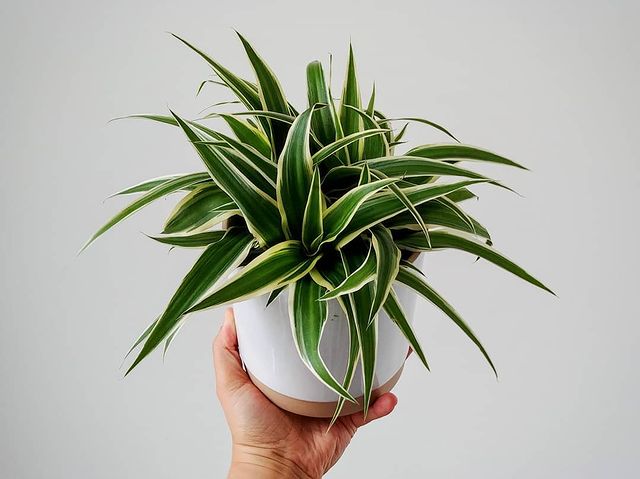
Plants similar to the spider plant but not spider
These are the following plants which look similar to spider plants but are not spider plants in actual.
1. Carex – Japanese Sedge Plant

When you look for a plant that looks like a spider plant but isn’t a spider plant, then Carex is one of the major plants on this list.
The leaves of these variegated plants look almost identical to the spider plant but they are a little narrower. The plant is not commonly found in nurseries but you can definitely find them in online stores.
2. Dracaena Plants
There are many indoor and outdoor plants similar to the spider plants and Dracaena Plant is one of the major contenders in that list of plants.
It has similar colored leaves with the same pattern of green and white but the width of the leaves differentiates between them. Dracaena Plants have wider leaves and grow taller than spider plants.
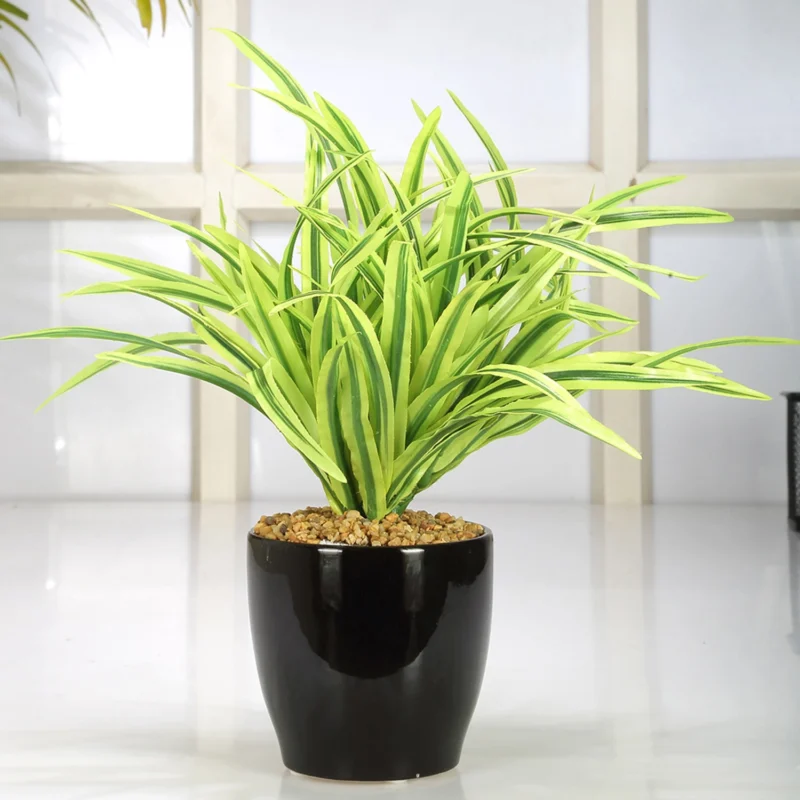
3. Pandanus Plant
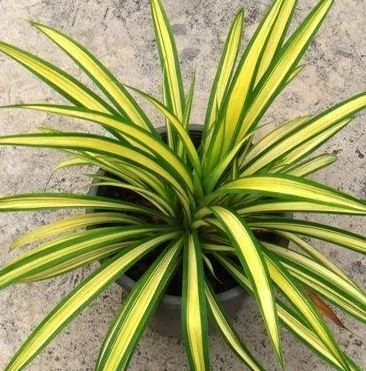
Another similar-looking plant is the Pandanus Plant which has similar leaves to the spider plant but grows really big compared to the spider plant.
The leaves are spirally arranged and have a shade of green and white just like the spider plant. As far as growth is concerned it can be more similar to the pineapple plant.
Q1: Which is the most commonly found variety of spider plants?
The Variegated Spider Plant or the Chlorophytum Comosum ‘Vittatum’ is the most common variety among spider plants worldwide.
Q2: What is the average lifespan of a spider plant?
On average, the spider plants lie up to 20 years with good care but some people even keep it alive for around 50 years in their gardens.
Q3: Are spider plants poisonous for humans and pets?
Yes, spider plants are mildly poisonous for both humans and pets.
